ORA® Captive-Bred Pink Skunk Clownfish
$17.85
-
in stock
The ORA® Captive-Bred Pink Skunk Clownfish is also called The Pink Skunk Anemonefish or False Skunk-striped Anemonefish. It has an orange-peach base color and one white stripe on the head, which starts at the nose and all the way to the back. A second white stripe that is contrasting is situated just behind the eyes.
Captive-bred fish possess a distinct benefit over species that are harvested wild since they're typically robust and are more comfortable with the conditions of the aquarium at home. Thus, captive-bred fishes are an excellent choice for beginners as well as experienced aquarists.
The Captive-Bred Pink Skunk is more difficult to rear and spawn than other species of clownfish in the aquarium at home, however, with a bit of effort, can be achieved by a committed marine aquarist. Females are the most massive of the pair The two species generally stay close to each other in the tank. Clownfish are egg-laying fish and deposit eggs on flat surfaces and guard the eggs against other tank mates. The eggs are usually born within 8 to 11 days, based on the temperature of the water. The fry should be raised in a separate tank with a diet consisting of rotifers, followed by brine shrimp. Post-metamorphic juveniles exhibit an intense behavior of schooling and "balling" behaviors that may persist until they reach adulthood.
It is believed that the Pink Skunk Clownfish diet consists of nearly any meaty food and herbivore recipes.
Approximate Purchase Size: 3/4" to 1-1/4"
- Description
- Additional Information
- Reviews
ORA® Captive-Bred Pink Skunk Clownfish Info
A Pink Skunk Clownfish Amphiprion Perideraion is an anemonefish that is unique in dimensions, appearance, and temperament. It's beautiful pink or orange-colored coloration and a black "skunk" line running across its back, and a head bar that is white. With a length of just 4.3 inches (11 centimeters) and with a surprisingly tranquil temperament, it is a good choice in smaller aquariums or in a communal tank.
The clownfish is part of anemonefish that is known as the "Skunk Complex". They are the smallest dimensions, but they have a sleek body, similar to Ocellaris and Percula clowns. The length of their bodies is between 2 and two-and-a-half times larger than the height of their bodies. There are many descriptive popular names that such as the Pink Skunk Clown has been referred to by, Pink Anemonefish, White-maned Anemonefish, False Skunk Striped Clown Whitebanded Anemonefish, as well as Salmon Clownfish.
size
Large, Medium, Small
Units
1
Weight
6 lbs
Dimensions
1 × 1 × 1 in


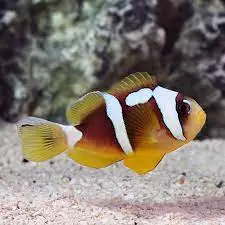

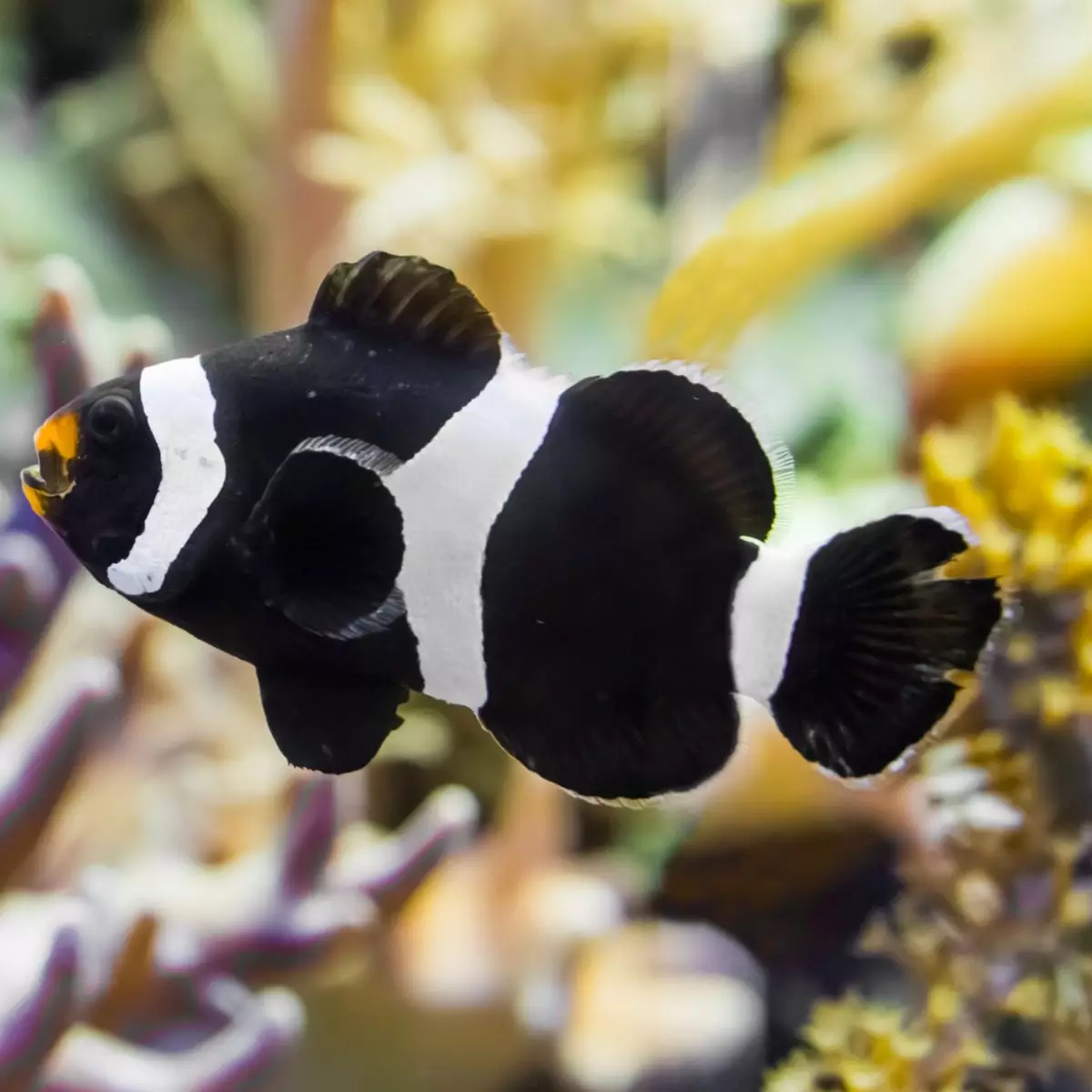
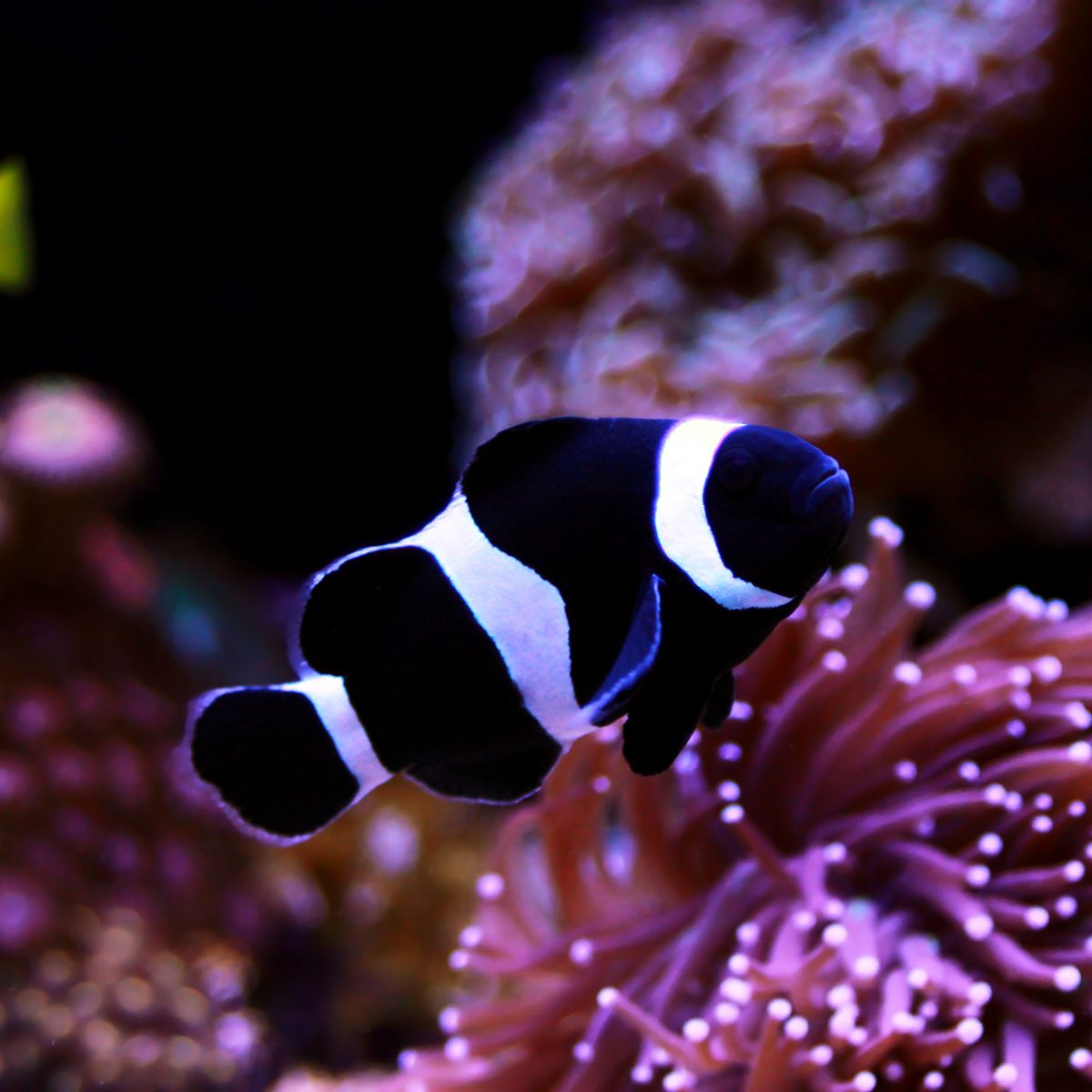
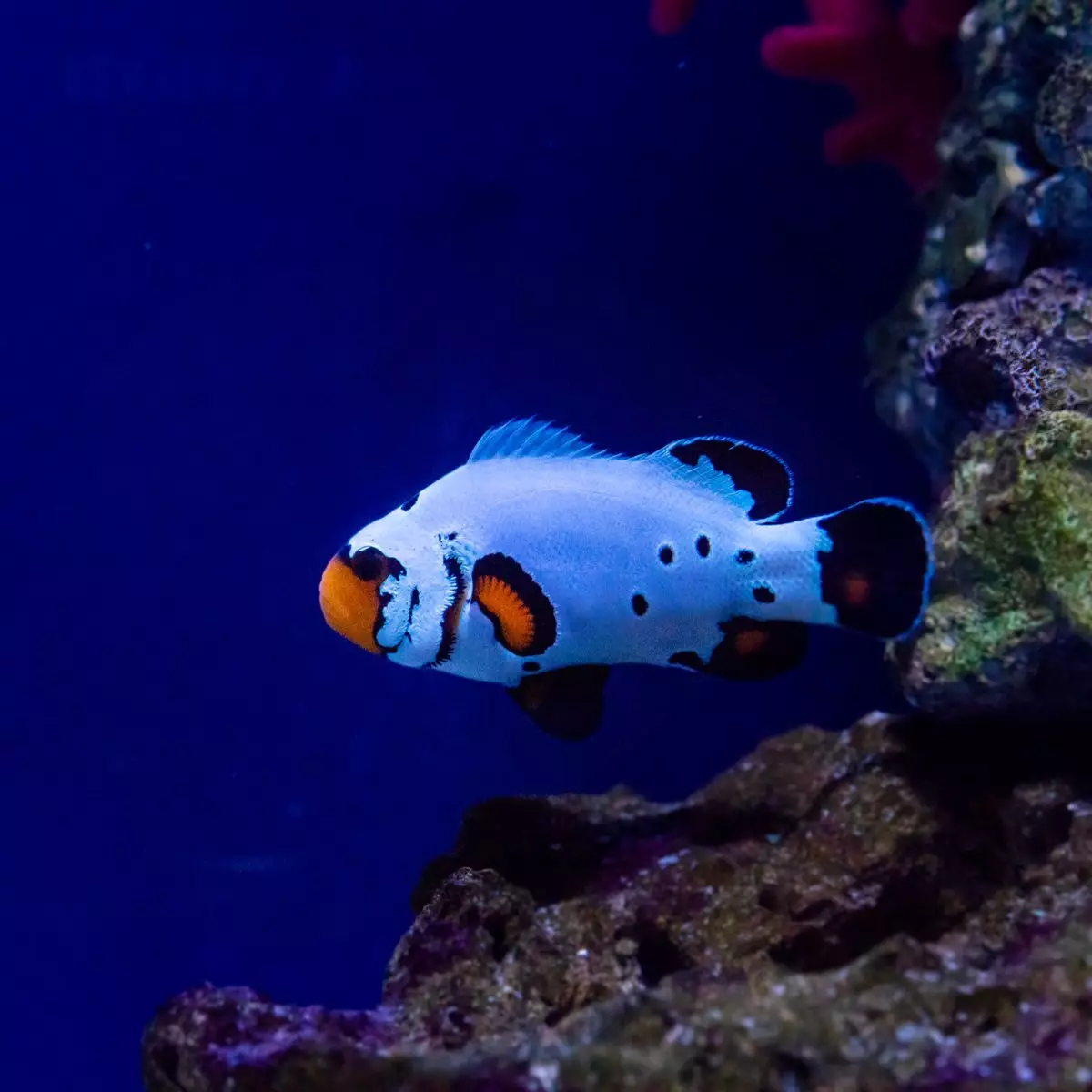
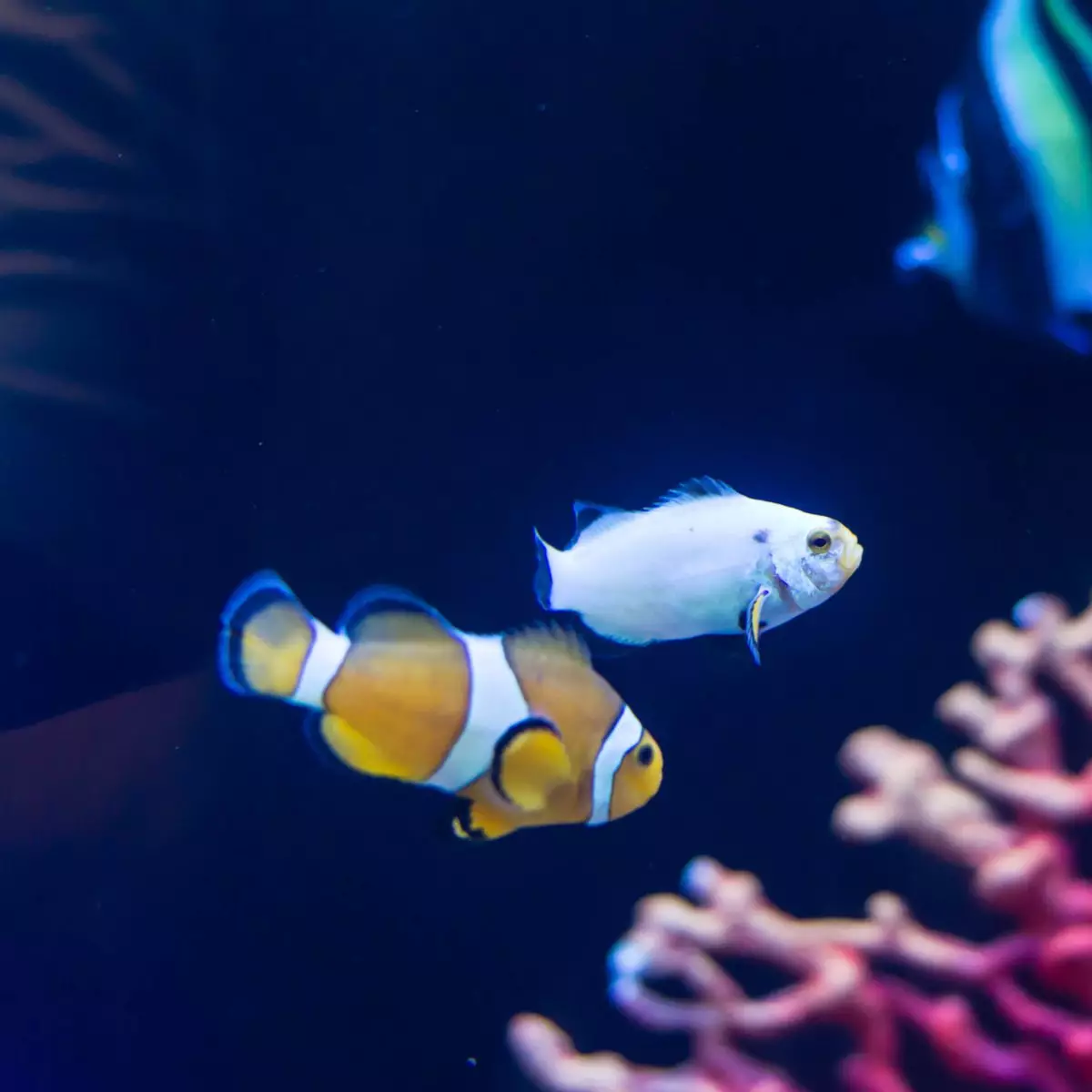

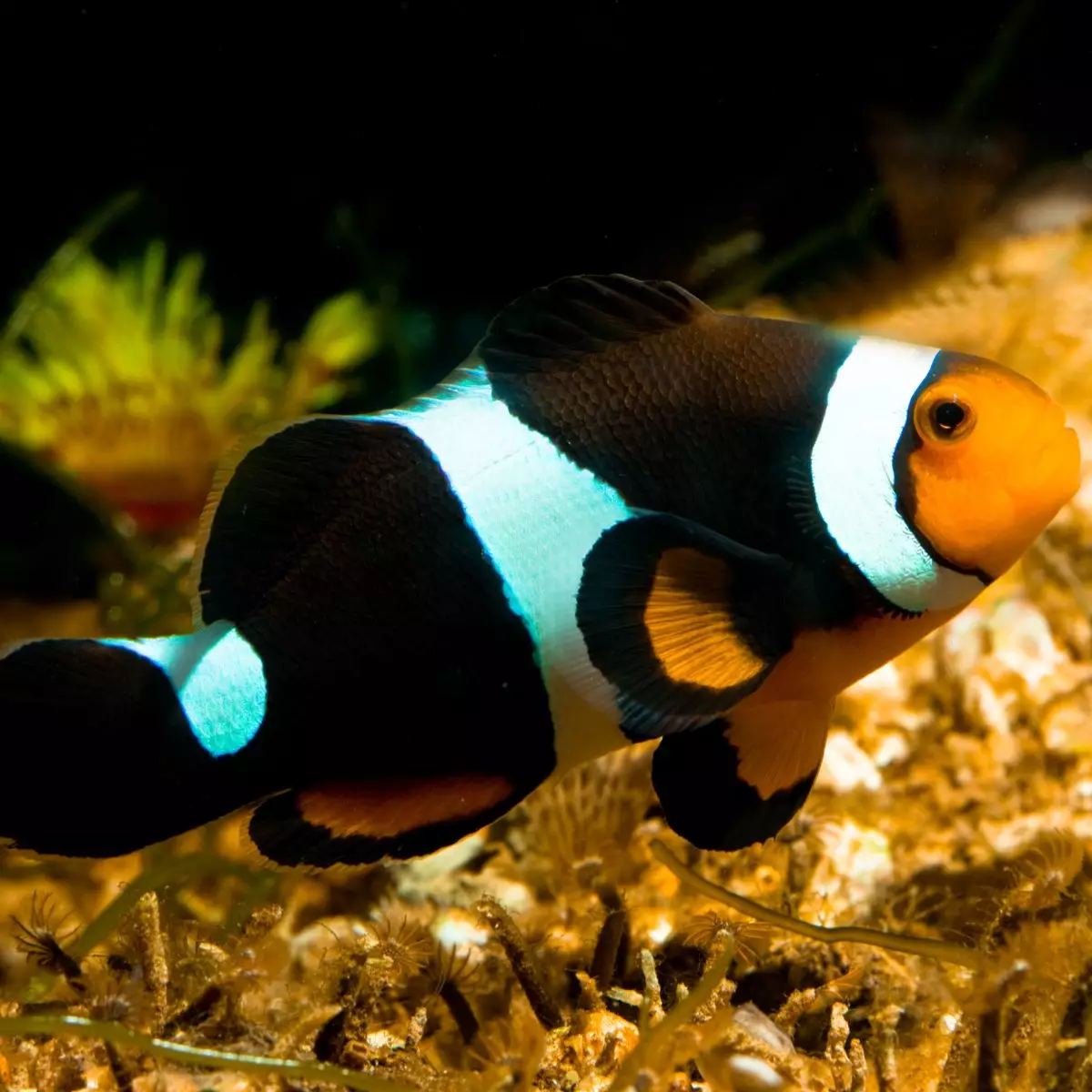

Reviews
There are no reviews yet.